Introduction
Parkinson’s disease is a chronic neurological disorder that affects movement and coordination. It happens when nerve cells in the brain that produce dopamine, a chemical messenger, begin to degenerate. This leads to stiffness, tremors, and difficulty with balance and coordination.
Across India, the number of people living with Parkinson’s is steadily increasing due to rising life expectancy. Early diagnosis and treatment by a neurologist are essential for managing symptoms and maintaining a good quality of life. With Quickobook neurologist appointments, you can connect with verified doctors near you quickly and easily.
What is Parkinson’s Disease?
Parkinson’s disease is a progressive neurodegenerative disorder. It primarily affects the part of the brain called the substantia nigra, which controls body movements. When nerve cells here are damaged or die, dopamine levels drop, leading to movement-related problems.
Though it’s most common among people above 60 years, younger adults can also develop early-onset Parkinson’s.
Causes of Parkinson’s Disease
While the exact cause is unknown, researchers believe a combination of factors contribute to it:
- Genetic mutations – Certain inherited genes increase risk.
- Environmental exposure – Long-term contact with pesticides or heavy metals.
- Brain changes – Presence of Lewy bodies, abnormal protein clumps in the brain.
- Oxidative stress – Damage to nerve cells caused by unstable molecules.
Symptoms of Parkinson’s Disease
Symptoms vary from person to person, but the major motor and non-motor symptoms include:
Motor Symptoms:
- Tremors: Shaking hands or fingers, especially at rest.
- Bradykinesia: Slowness of movement.
- Muscle stiffness: Reduced flexibility in limbs or joints.
- Postural instability: Trouble maintaining balance and frequent falls.
Non-Motor Symptoms:
- Sleep disturbances
- Fatigue and depression
- Constipation
- Loss of smell
- Memory and speech problems
Stages of Parkinson’s Disease
Parkinson’s is often classified into five stages (Hoehn and Yahr scale):
- Stage 1: Mild symptoms on one side of the body.
- Stage 2: Symptoms on both sides but daily life mostly unaffected.
- Stage 3: Noticeable balance issues and movement difficulties.
- Stage 4: Severe symptoms, requiring assistance in walking and daily tasks.
- Stage 5: Advanced stage with immobility; patient may need full-time care.
Early recognition of symptoms and regular visits to a neurologist can delay progression.
READ ALSO: Early Signs Of Stroke – When To Call For Emergency Help
Diagnosis
Diagnosis is mostly clinical and based on symptoms, medical history, and neurological exams. Tests may include:
- MRI or CT scan to rule out other disorders.
- DaTscan to assess dopamine activity.
- Blood tests to exclude similar conditions.
A Quickobook neurologist can guide you through advanced diagnostic options and interpret test results accurately.
Treatment and Management
There is no cure for Parkinson’s disease yet, but several treatments can help manage symptoms effectively.
1. Medications
The main goal is to restore dopamine levels in the brain. Common medications include:
- Levodopa–Carbidopa: Converts to dopamine in the brain.
- Dopamine agonists: Mimic dopamine’s effects.
- MAO-B inhibitors: Prevent dopamine breakdown.
- COMT inhibitors: Enhance Levodopa’s effects.
Dosage and combinations must be prescribed only by a neurologist.
2. Deep Brain Stimulation (DBS)
A surgical procedure where electrodes are implanted in the brain to control abnormal signals. It helps reduce tremors and stiffness in advanced cases.
3. Physiotherapy and Exercise
Regular exercise can improve balance, strength, and mood. Physiotherapists often recommend:
- Stretching routines
- Walking or cycling
- Tai chi and yoga
- Balance training
4. Occupational Therapy
Helps patients adapt to daily tasks and improve independence.
5. Speech and Swallowing Therapy
Speech therapists can help manage communication and swallowing difficulties.
Lifestyle and Home Management
Simple lifestyle adjustments can enhance comfort and safety:
- Eat a balanced diet rich in fibre and antioxidants.
- Maintain regular sleep patterns.
- Keep home clutter-free to prevent falls.
- Join support groups for emotional well-being.
When to See a Neurologist
Consult a neurologist if you experience:
- Unexplained tremors or muscle stiffness
- Sudden changes in handwriting or facial expression
- Frequent imbalance or slowed movement
Use Quickobook to find an experienced neurologist near you for timely evaluation and treatment.
Complications and Risks
Untreated or advanced Parkinson’s can lead to:
- Difficulty walking or speaking
- Dementia and memory loss
- Depression or anxiety
- Increased risk of falls and injuries
Living with Parkinson’s
While Parkinson’s can’t be cured, many people continue to lead active, fulfilling lives with proper care, emotional support, and consistent medical follow-up.
Quickobook provides convenient access to top neurologists in India, helping patients manage Parkinson’s disease effectively and confidently.
FAQs (50 Expert Answers)
Q1. What is Parkinson’s disease?
A progressive disorder of the nervous system affecting movement.
Q2. What causes Parkinson’s?
Loss of dopamine-producing brain cells due to genetic and environmental factors.
Q3. What are early signs?
Mild tremors, smaller handwriting, or reduced facial expressions.
Q4. Is Parkinson’s curable?
No, but treatments can control symptoms effectively.
Q5. How does a neurologist diagnose Parkinson’s?
Through physical exams, medical history, and imaging tests.
Q6. What age group is most affected?
People over 60 years, though younger adults may develop early-onset Parkinson’s.
Q7. Can stress worsen symptoms?
Yes, stress can temporarily increase tremors and stiffness.
Q8. How long can you live with Parkinson’s?
Many patients live 10–20 years or more after diagnosis with proper care.
Q9. Can exercise help?
Yes, regular exercise improves balance and mobility.
Q10. What foods should be avoided?
High-protein foods with Levodopa can affect absorption.
Q11. Is Parkinson’s hereditary?
In some cases, yes—genetic mutations play a role.
Q12. Does caffeine help?
Moderate caffeine may reduce risk, but consult your doctor.
Q13. Can physiotherapy slow disease progression?
It helps maintain flexibility and muscle strength.
Q14. What are “on-off” episodes?
Periods when medication effects wear off suddenly.
Q15. What is Deep Brain Stimulation (DBS)?
A surgical treatment that helps control severe tremors.
Q16. Is surgery safe?
When done by experts, DBS is generally safe and effective.
Q17. Can Ayurveda help Parkinson’s?
Some therapies offer symptomatic relief but always consult a neurologist first.
Q18. Are tremors always due to Parkinson’s?
No, other conditions like essential tremor can cause shaking.
Q19. Can Parkinson’s cause depression?
Yes, chemical brain changes often lead to mood disorders.
Q20. How can caregivers help?
Provide emotional support, medication reminders, and physical assistance.
Q21. Does gender affect Parkinson’s risk?
Men are slightly more likely to develop it than women.
Q22. Can Parkinson’s patients drive?
Yes, in early stages, if motor control is adequate.
Q23. How does Parkinson’s affect speech?
Voice may become softer or slurred.
Q24. Can yoga help?
Yes, it improves flexibility, relaxation, and posture.
Q25. What is freezing of gait?
A sudden inability to move feet while walking.
Q26. Can Parkinson’s affect sleep?
Yes, insomnia and vivid dreams are common.
Q27. What medications are used?
Levodopa, dopamine agonists, MAO-B inhibitors, etc.
Q28. Are there side effects?
Yes—nausea, dizziness, or confusion may occur.
Q29. How often should follow-ups be done?
Every 3–6 months or as advised by your neurologist.
Q30. Can Parkinson’s cause memory loss?
Yes, cognitive decline may appear in later stages.
Q31. Is it contagious?
No, Parkinson’s is not infectious.
Q32. Can blood tests confirm Parkinson’s?
No, diagnosis is clinical and imaging-based.
Q33. What role does dopamine play?
It helps coordinate movement and balance.
Q34. Is there any prevention?
No sure prevention, but healthy lifestyle may lower risk.
Q35. Can smoking or alcohol cause Parkinson’s?
Heavy exposure to toxins increases risk.
Q36. Is it painful?
Muscle stiffness can cause discomfort, but pain varies.
Q37. Can Parkinson’s patients live independently?
Yes, especially with early treatment and family support.
Q38. What is the role of Quickobook neurologist?
Quickobook connects patients with trusted neurologists for timely care.
Q39. How to manage medication side effects?
Report them to your doctor for dose adjustment.
Q40. Can brain scans detect Parkinson’s early?
Yes, DaTscan helps visualize dopamine loss.
Q41. Does Parkinson’s affect emotions?
Yes, due to chemical and psychological factors.
Q42. Can speech therapy help?
Absolutely, it improves voice clarity and communication.
Q43. What are Parkinson’s complications?
Falls, swallowing issues, dementia, and depression.
Q44. Can women get Parkinson’s?
Yes, though slightly less frequently than men.
Q45. What is the cost of treatment in India?
Medication may cost ₹2,000–₹10,000/month; DBS surgery ₹5–₹8 lakh.
Q46. How to find a good neurologist?
Use Quickobook to compare profiles and patient reviews.
Q47. Can early treatment delay disability?
Yes, starting medication early improves long-term outcomes.
Q48. Are alternative therapies safe?
Some are complementary, but always under doctor supervision.
Q49. How can family members support patients?
Encourage therapy, ensure medications, and offer empathy.
Q50. Can Parkinson’s patients travel?
Yes, with preparation, regular medication, and doctor advice.
Conclusion
Parkinson’s disease may be lifelong, but it doesn’t have to limit life. With early detection, consistent care from a neurologist, and support from family, patients can live meaningfully and independently.
Book your consultation today with a Quickobook neurologist near you for expert advice and compassionate management.
Disclaimer:
This blog is for educational purposes only and should not replace professional medical advice. Always consult a qualified neurologist for diagnosis and treatment.
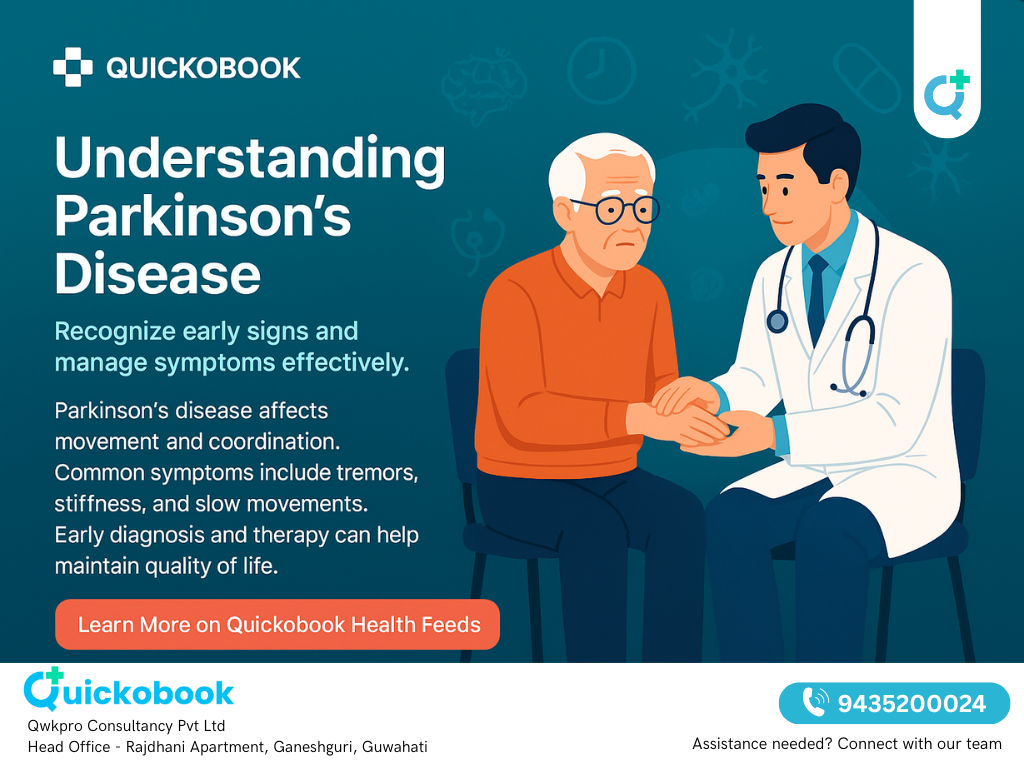

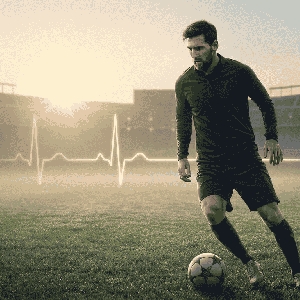
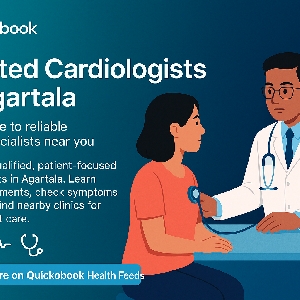
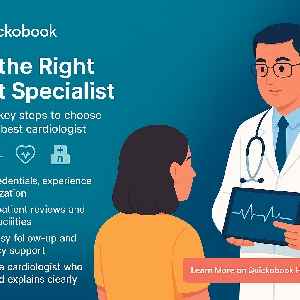
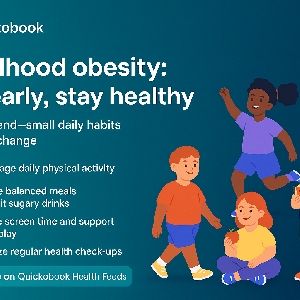
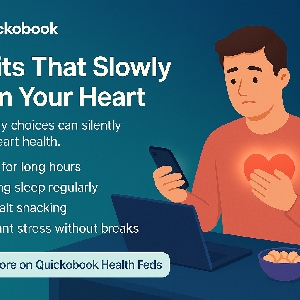


Comments (0)
No comments yet. Be the first to share your thoughts!
Leave a Comment